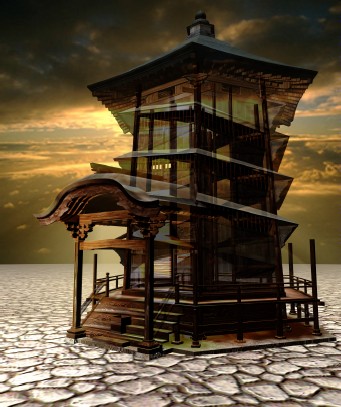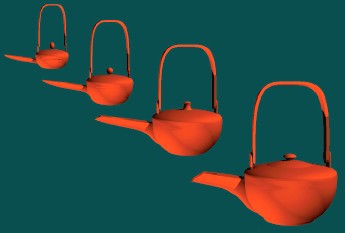Table of Contents
Cultural Heritage Preservation Using Constructive Shape Modeling


A CSG model of the Sazaedo pagoda in the Aizu area of Japan (left image) and the evolution of a parameterized FRep model of a Japanese lacquer ware (shikki) during the fitting process (right image).
Vilbrandt C., Pasko G., Pasko A., P.-A. Fayolle, Vilbrandt T., Goodwin J. R., Goodwin J. M., Kunii T. L.
“Cultural heritage preservation using constructive shape modeling”, Computer Graphics Forum, vol. 23, No.1, 2004, pp. 25-41.
Electronic version: PDF (12 Mb)
Abstract
Issues of digital preservation of shapes and internal structures of historical cultural objects are discussed. An overview of existing approaches to digital preservation related to shape modeling is presented and corresponding problems are considered. We propose a new digital preservation paradigm based on both constructive modeling reflecting the logical structure of the objects and open standards and procedures. Constructive Solid Geometry (CSG) and Function Representation (FRep) are examined and practically applied as mathematical representations producing compressed yet precise data structures, thus providing inter-operability between current and future computer platforms crucial to archiving. Examples of CSG reconstruction of historical temples and FRep modeling of traditional lacquer ware are given. We examine the application of fitting of a parameterized FRep model to a cloud of data points as a step towards automation of the modeling process. Virtual venues for public access to cultural heritage objects including real time interactive simulation of cultural heritage sites over the Web are discussed and illustrated.